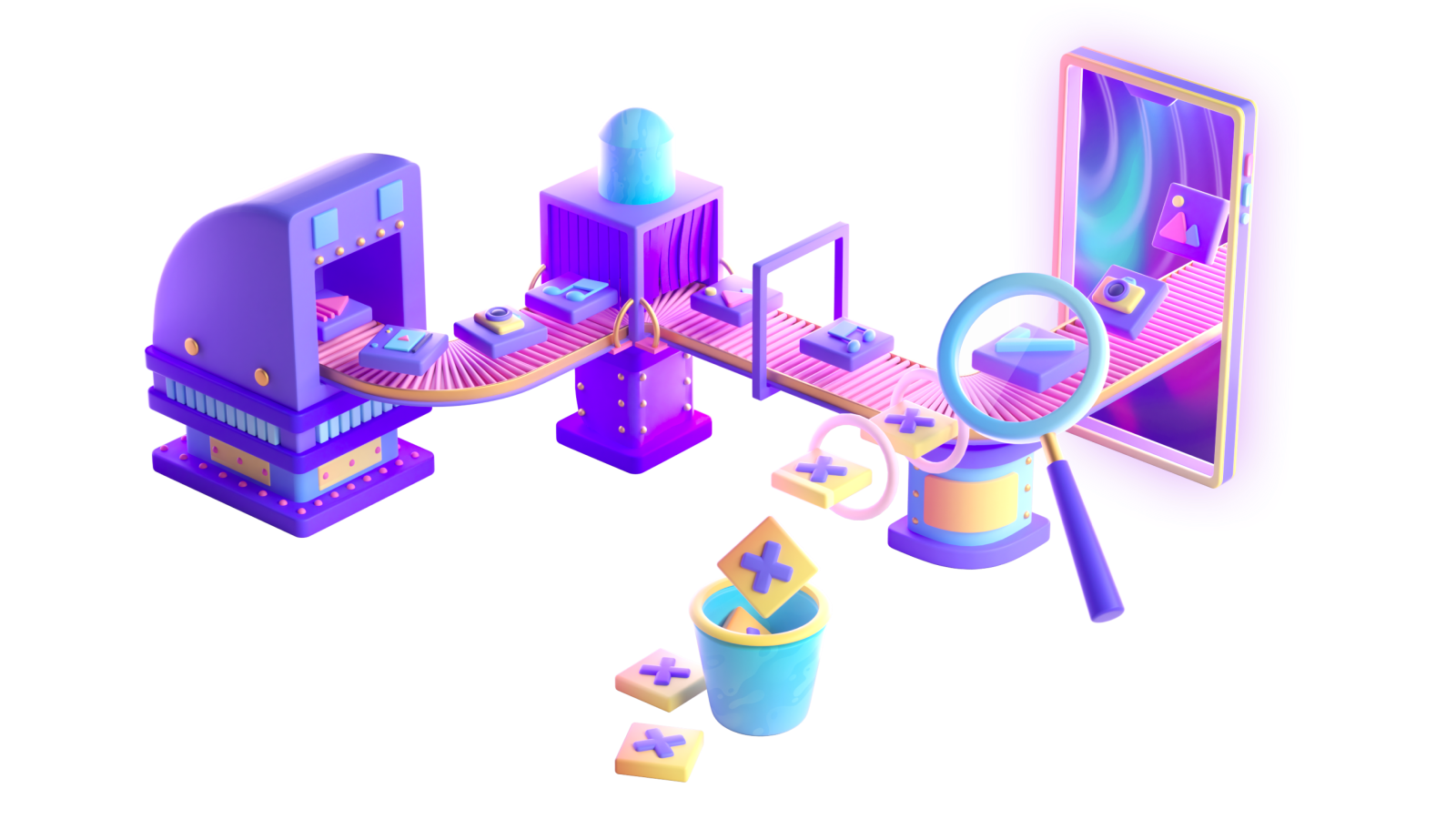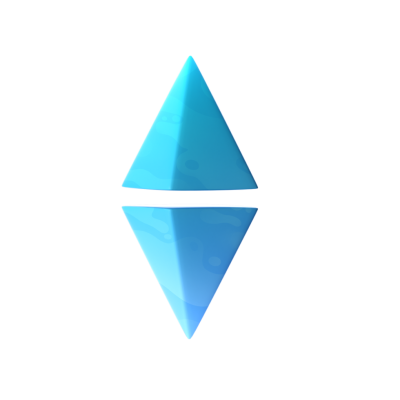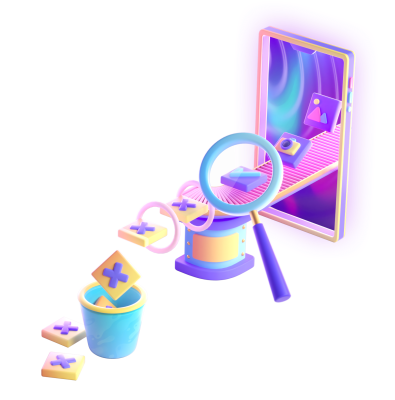The Advent of Digital Ownership

Unless you printed this page, the words you are reading are digital. You could effortlessly copy them and paste them elsewhere.
The combination of the internet (a global network of connected computers) and digitization (the encoding of nearly all information into digital, non-physical formats) has resulted in an explosion of information duplication and dissemination.

For most of history, ownership applied to physical objects; it was a conceptual link between an owner (often a person) and an object, giving the owner the right to possess and control the object.
For most of history, ownership applied to physical objects; it was a conceptual link between an owner (often a person) and an object, giving the owner the right to possess and control the object. A receipt might be evidence of such a link; it could also be a title or a deed. Cars, violins, cash, homes, hammers, aquariums, were all ownable things…and that’s not an exhaustive list. Production of those things required facilities, tooling, employees, raw materials and capital.
There was no easy way for the average person to create—or duplicate—a car, violin, or aquarium. By virtue of the specific features of their physicality, these objects are hard to produce and duplicate.
Media is a bit different and less tangible. A book, a record, or a VHS tape, are all physical objects that are not valued entirely for what they are, but what they contain. Those contents are what an owner is buying access to. If you buy a book, it’s to access the writing. Books were originally scribed by hand and copied by the specially trained. Eventually, the printing press made books much easier to mass produce. However, for the average person, they could not be created easily or duplicated.
This all changed with the advent of computers and digitization.
The compact disc—or CD—was one of the first mass-market media that was digital; it represented a physical means to give its owner access to media.
An owner of a CD is understood to own the medium, but not the message: if you bought a CD, you own the disc itself, but have no right to the music. You’re not allowed to copy and distribute it.
The CD, and later the DVD, defined a surprisingly brief moment in history when digital media technology was mature enough to be made available to the mass market, but home computer and network technology was not mature enough to share it.
This all changed once the internet became mainstream.

It was in 1996 that the first DVDs and players were released to the public, and just 15 years later in 2011 that Netflix officially separated its streaming and DVD services, marking the beginning of a new era of digital consumption: streaming.
Large media companies had a big problem on their hands as personal computers and the internet matured: their IP was being copied and spread faster and more widely than it had ever been in the era of VHS. But this problem wasn’t unique to them; any digital artifact could be copied and shared globally, infinitely, and instantly.

If you wanted to create digital money, people could simply make a copy of a digital dollar and spend it twice.
This is known as the double spend problem and is the core challenge that cryptocurrency networks solve.
By creating a global, open, shared, decentralized database, and leveraging cryptography, public networks like Bitcoin and Ethereum created resilient systems that can serve as a trust foundation useful for network participants around the world to agree on what constitutes value, and who holds it.
These technologies solve the double-spend problem: you can’t duplicate Ether (ETH) —the native token of the Ethereum network—and you can’t spend it twice.


The network protocols are designed in such a way that on those networks, digital artifacts cannot be duplicated.
This is a remarkable development with impact that cannot be overstated: as our world becomes increasingly digital, and increasingly interconnected, the capability to create and possess entirely digital objects with personal, individual control, is unprecedented.
Until now, digital data, and digital “possessions” have been kept compartmentalized in largely corporate silos: photos you upload to a social media site exist on that site; items collected in a game remain there; reward points earned on a credit card remain part of their network.
What crypto networks have introduced is a connective tissue between these silos, and the opportunity for individuals to own and control their own digital property.
This is precisely what wallets like MetaMask help you do.
MetaMask isn’t like one of those siloed corporate walled gardens: it doesn’t store or hold your digital goods. Instead, it gives you direct access to control your assets and identity on global, public, crypto networks like Ethereum.
So now that you can own digital assets, what kinds of things can you do? In the next few lessons, we’ll dig into how digital ownership, self-custody, and identity come together to make decentralized finance (DeFi), digital collectibles (NFTs), and digital cooperatives (DAOs).
The Advent of Digital Ownership
 01
01Web3 technology grants me digital ownership over my assets
 02
02Crypto wallets like MetaMask give me direct access to control my assets on public networks like Ethereum
 03
03Web3 ushers in a new era of digital possession with individual control
Ready to take the next step?
Explore MetaMask